Staying organized is vital if you want to deliver a stellar client experience. Tags are a versatile feature in 17hats that will help keep you organized – and impress your clients and leads.
What is a Tag?
Tags are a feature that allows you to filter or label your Contacts and Projects. Tags are searchable in 17hats: With just a few keystrokes, you can find groups of Contacts or Projects that share the same Tag.
What’s the difference between Contact Tags and Project Tags?
You can have Tags for both your Contacts and for your Projects.
Contact Tags let you group (and search and filter) the people you work with. Project Tags are ways you want to filter or label the services that you provide.
17 ways to use Tags in 17hats
There are so many things you can do with Tags in 17hats. Here are 17 to get you started, grouped into three broad categories:
Tags automatically applied from a Lead Capture Form or Online Scheduling
A Lead Capture Form or 17hats Online Scheduling can automatically apply a Tag to your Contact or Project whenever a Lead Capture Form is submitted, or when an online booking is made. By automatically applying a few Tags this way, you’ll be organized from the moment that a new lead comes into contact with your business.
1. Year of first inquiry – Contact Tag
One of the most helpful items to track in your business is when a new lead first reached out to you. Because the year tag is automatically added, make sure you change the date in the Lead Capture Form and Online Scheduling each year. Simply open your Lead Capture Form, delete last year’s Tag and add this year’s Tag! Just remember to update the year on your Lead Capture Form or Online Scheduling feature on January 1 annually. (Pro tip: You can set up a recurring “To-Do” task in 17hats to remind you.)
2. Lead Capture Form location – Contact Tag
17hats allows you to have multiple Lead Capture Forms. But, “why would I need that?” you ask? Because it’s vital to know what is causing your new leads to “pull the trigger” and inquire with you!
Of course, you’ll have a Lead Capture Form on your “Contact Me” page of your website, but you can also have one on your “About Me” page. Perhaps you wrote a killer blog post that you think your leads will love – add a Lead Capture Form to that post! You can even include a Lead Capture Form within your social media presence, embedding a Lead Capture Form on your Facebook Contact Me button or Linktree on Instagram, for example.
Once you have created multiple Lead Capture Forms, you can add a Tag for each Lead Capture Form location! By applying form location Tags, you’ll know which pages on your website (or social media posts and profiles) are the most intriguing to your leads! Focus your efforts on the most popular avenues where new leads get into touch.
3. Type of service or revenue streams – Project Tag
This one is a little more advanced but very useful! As business owners, we all offer different services, and it’s crucial to tailor your inquiry response to the service that your new lead is interested in buying!
On your Lead Capture Form, we recommend asking a “Choose From List” type question that asks your leads which of your services they are interested in. For each answer option on that question, add a Tag that corresponds to each service!
Being able to pull a list of all of your leads interested in a specific service allows you to contact your cold leads when you’ve updated a service, or have an exciting new option that those leads might be interested in purchasing. The same applies to your existing clients – if you create a great add-on to a specific service, then service-related Tags make it easy to let your current clients know!
Tags to keep you organized
Tags are an excellent way to stay organized, letting you track information about your Contacts and Projects. Being able to pull lists of like Contacts or Projects quickly is a powerful tool.
4. Service location
Do you offer location-specific services? Perhaps you plan events at specific venues, or you offer workshops via both Zoom and in person? Keep track of which clients are booked for each location by using a location-based Project tag.
5. Referring party
So much of our business comes from happy client referrals, and it’s nice to keep track of the customers sending leads your way! If you have several referral sources who send you new business, create Project tags for these sources to keep track of how much business they are sending your way.
6. Client level
As you move through the steps of providing your services to your clients, you may have clients progress between phases. Perhaps you’re a Sleep Coach, and you need to track the age range of the babies you work with (e.g., 4-8 months, 9-13 months). Or, you may be a dog trainer and need to track whether a puppy is a beginner, intermediate, or advanced. Using tags will allow you to pull lists of every client in a particular stage of your service delivery.
7. Tools or software used
You may offer services to clients who use different tools or software. For example, as a website designer, you may work with some clients who host their sites on Squarespace, and some who host on WordPress. Or, if you design and install residential fences, perhaps you use several different types of fencing material. Tags can help you keep track of those differences.
8. Package level
Do you offer tiered services? If so, you most likely have multiple subscription levels or different levels of pricing. Tracking those differences via Project Tags will allow you to see which levels are the most popular – and easily search to find your clients who have purchased a specific service level.
9. Client parent company
If you work with clients who are part of a parent company, tracking those clients by Contact Tags represents an easy way to differentiate among various parent companies. For example, you may be a Home Stager who works with Realtors. Those Realtors may be associated with different real estate firms, and tracking that information will keep you organized and able to implement any specific parent company rules.
10. Networking associations
If you belong to various networking associations, it’s useful to create Contact Tags for each association. That way, you can easily reference the meetings or gatherings where you interacted with each Contact.
11. Type of business
If you offer business-to-business services, it is useful to track the types of businesses you work with. Maybe you provide branding services to both wedding professionals and educators, or social media management for personal trainers and nutritionists. If you ever have an email that you want to target to one industry (only wedding professionals, say), then Tags related to the type of business put all those clients’ names within easy reach.
12. Your happiest clients
Early in the sales process, you may be asked for a reference or testimonial from previous clients. Creating a Tag designating your very happiest past or current clients will allow you to produce a reference list with confidence.
Tags to wow your clients
Remembering details about your clients is a fantastic way to provide excellent service. Your clients will feel important and cared for when you can recall pieces of information that they have given you over the years.
13. Birthday month
An easy way to make sure you’ll always send a birthday card or email to your clients is by creating a birthday month tag! You can create a recurring task that reminds you to pull a list of the next month’s birthdays around the 25th of each month. Then you can schedule emails, buy cards, or send a Greetabl.
14. Anniversary month
Similar to birthday month above, it can be useful to track anniversaries. Beyond a client’s wedding anniversary, you can remember the anniversary of a house purchase, launching a business, or any other important milestone related to your clients and the service you provide!
15. Client gifting
Gifting is a great way to thank your clients. And setting up a series of Tags to track what you have gifted is a great way to remember what you have already sent!
16. Why your clients bought
All of your clients have a reason they decided to purchase your service. By identifying and tracking the pain points that drove a purchase, you can impress your clients by sending articles or blog posts related to their biggest concerns. For example, perhaps you are a dog trainer, and your client issues are usually aggression, puppy training, or barking. Through proper tagging and bulk actions you can easily send your clients who purchased because of aggression any articles you write (or tidbits you find) that are related to aggression.
17. Favorite products or tools
You may use a variety of tools or products to deliver services to your clients. Perhaps you are a hairstylist, and you know some clients love a specific styling product. When that product goes on sale, how wonderful to alert your clients to that great deal! Remembering your clients’ preferences is an easy way to show how much you appreciate their business.
What are some other things you track about your clients and your services? Create Tags for those, and allow 17hats to keep you organized.
Finally, be sure to share with us. We’re keen to hear other ways you use this powerful feature. Post how you use Tags on Instagram and tag us (pun intended) @the17hats.










